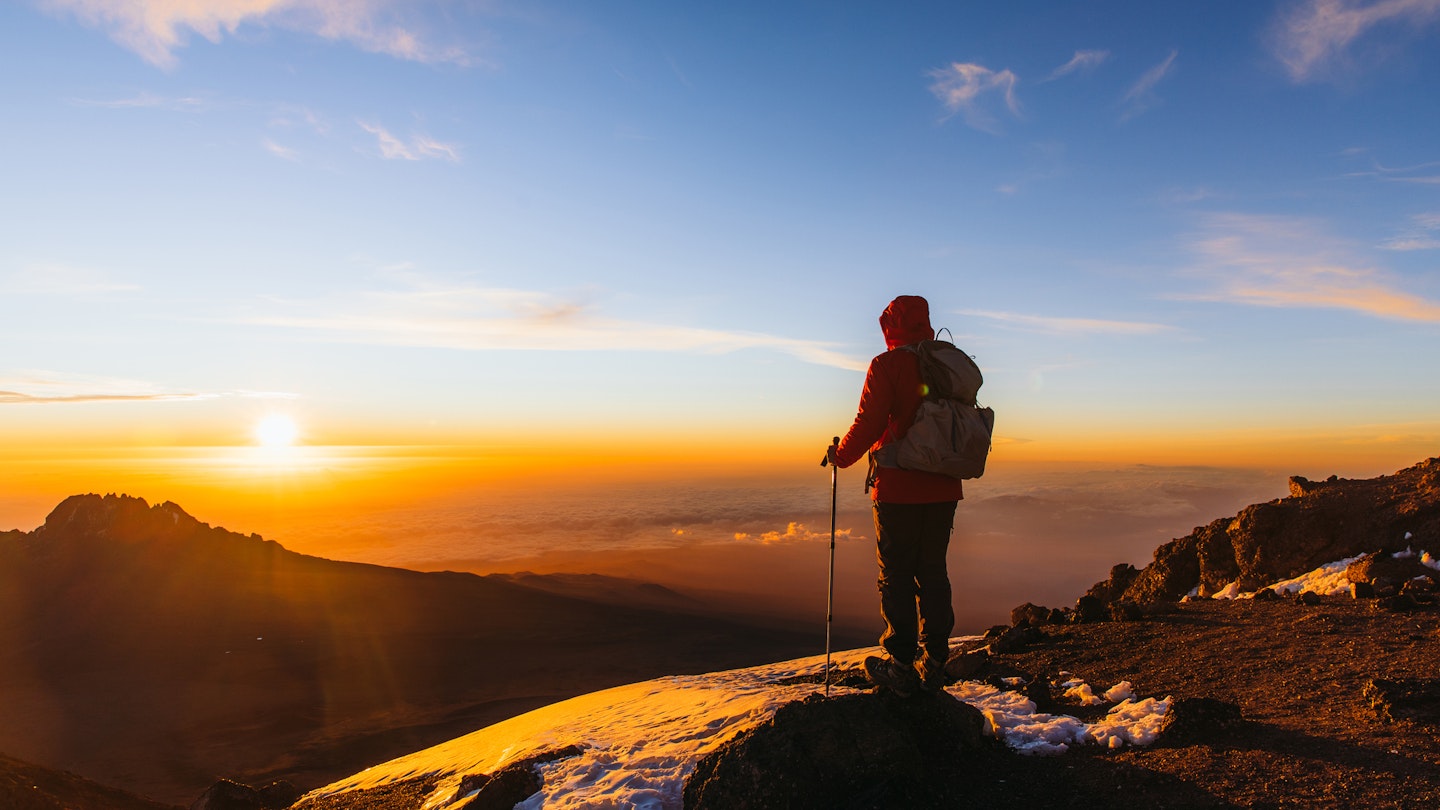Cost-Saving Travel Tips for Your Tanzanian Adventure
Tanzania’s world-class wildlife watching doesn’t come cheap. However, with careful planning and flexibility, you can experience the breathtaking landscapes and vibrant culture without breaking the bank.
Transportation and accommodations are key areas where you can reduce costs significantly. For instance, opting for trains or buses instead of flights, and staying in hostels or budget guesthouses can create substantial savings. Furthermore, dining local style can also be a great way to keep your expenses down while enjoying authentic Tanzanian cuisine.
Daily Costs in Tanzania
-
Dorm bed in a hostel: US$10–20
-
Basic room for two: US$30–65
-
Double room at an upmarket hotel: US$200+
-
Wildlife safari per person per day, including meals, transport, and wildlife drives: US$150–800+
-
Bus fare from Dar es Salaam to Arusha: US$15–25
-
Short taxi ride: from US$5
-
Meal at a local-style restaurant: US$3–5
-
Restaurant dinner for two: US$15–25
-
Bottle of Kilimanjaro beer: US$2
Average daily cost: US$50–300+
1. Be Flexible with Your Timing
Travel costs, including international flights and park fees, are generally lower during the low (rainy) season from March to May. Although some lodges may close and hiking routes can be muddy, the lush landscapes and absence of crowds make it worthwhile. Prices for accommodations also tend to drop during the shoulder season months.
2. Camp or Stay in Budget Hotels
Camping or opting for hostels and budget hotels can result in significant savings on accommodation. Many tour operators provide affordable equipment rentals for camping, so you won’t need to carry your own gear.

3. Dine Local Style
Enjoying local fruits, vegetables, and traditional dishes in Tanzania is both delicious and budget-friendly. Keeping food costs under US$10 per day is easy when dining at local eateries.
4. Utilize Local Transportation
Using buses, trains, and ferries can offer significant savings compared to domestic flights or vehicle rentals. Plan ahead, especially for popular routes, to secure a good seat and consider opting for “luxury” service for a more comfortable ride.

5. Creatively Plan Your Safari
Save on safari costs by choosing smaller parks, camping, and joining groups when traveling solo. For instance, Ruaha National Park offers lower entry fees than more popular parks like Serengeti.
6. Explore Beyond the Northern Circuit
While Tanzania’s northern safari circuit is popular, consider exploring the lesser-visited southern areas where costs are generally lower. This approach not only saves money but also provides a more unique cultural experience.
7. Hike Instead of Trekking
Instead of summiting Kilimanjaro, explore the lower slopes through a day hike for a more budget-friendly option. Other remarkable hikes are found in Arusha National Park and the Usambara range.
8. Use Ride-Sharing Apps
Shared minivans and motorcycle taxis are affordable transport options. Alternatively, ride-sharing apps provide safer and reasonably priced private taxi services. Always check for reliable drivers.




